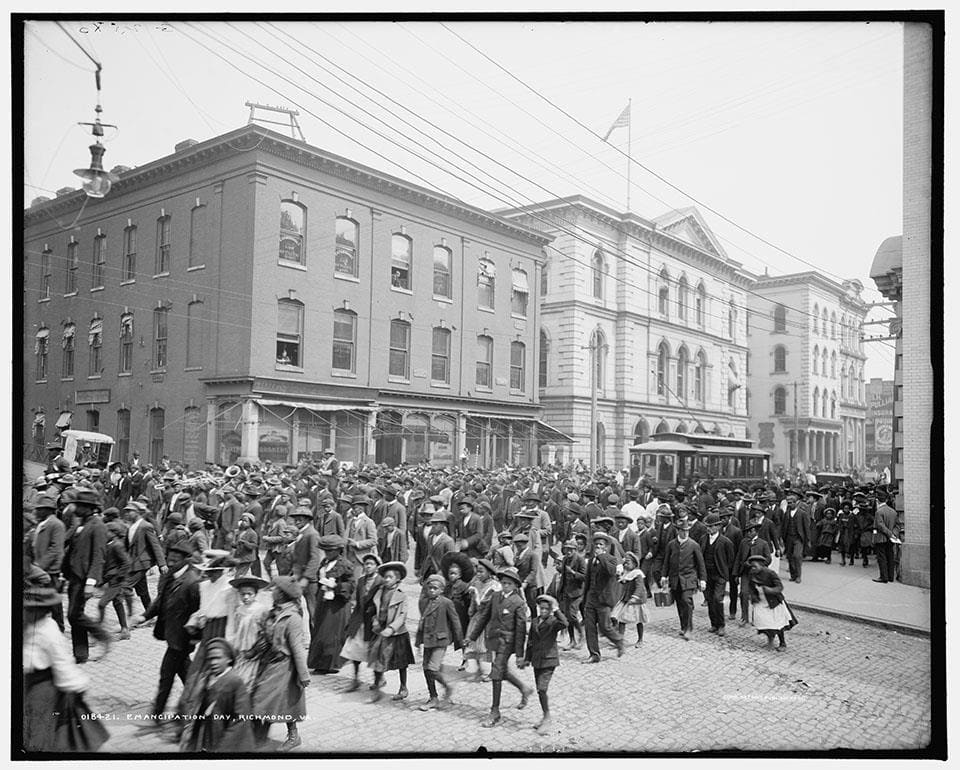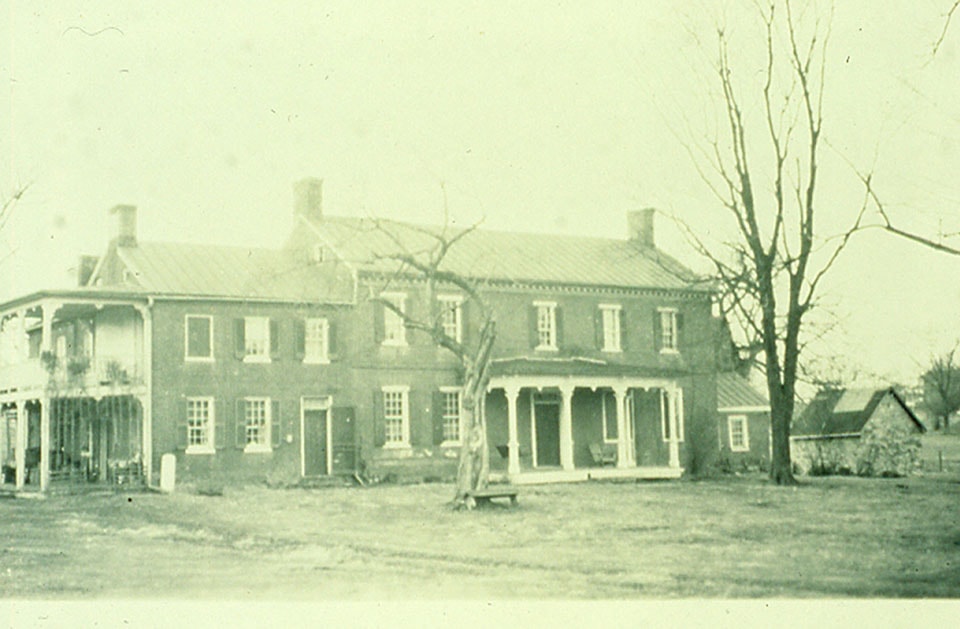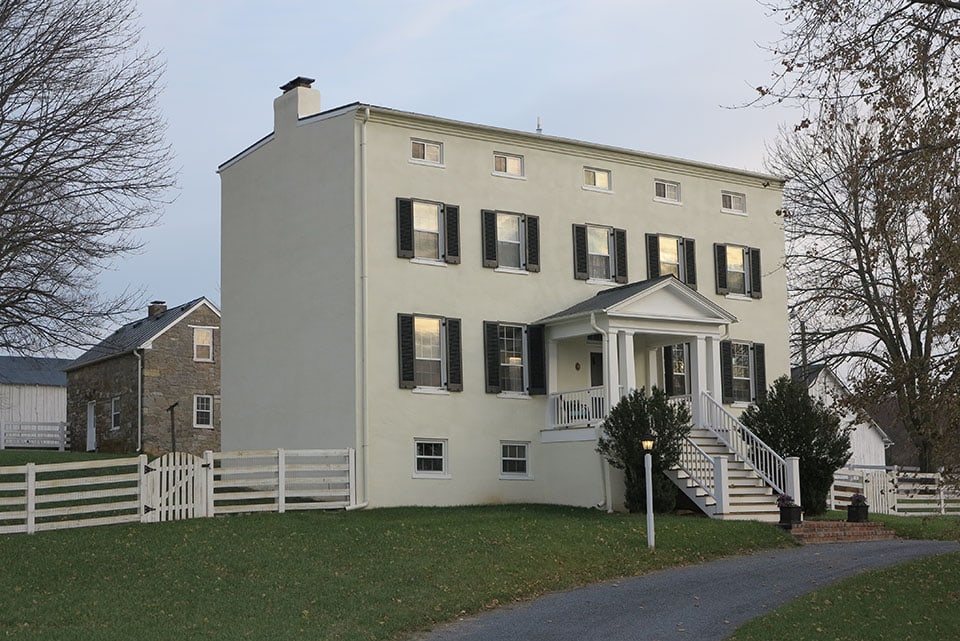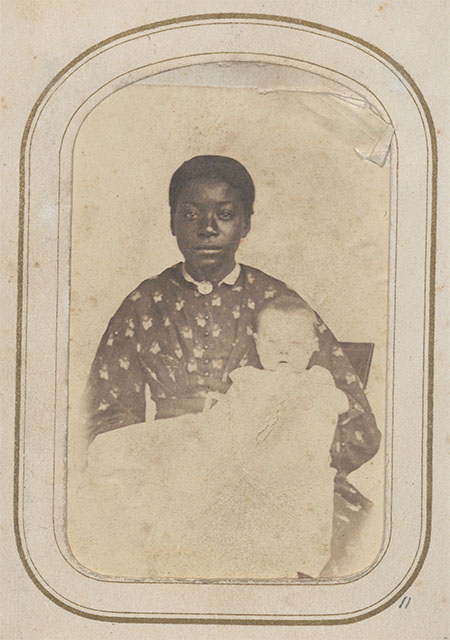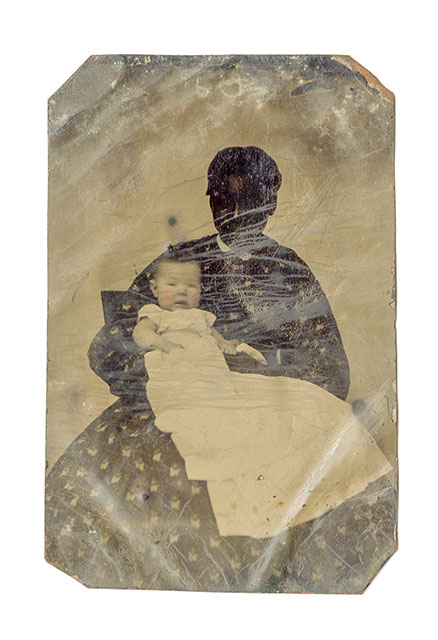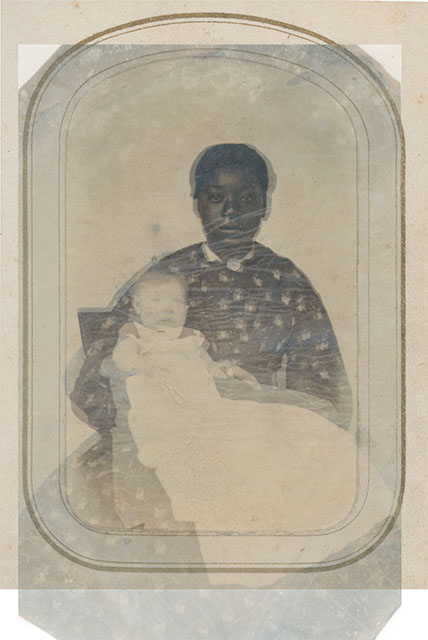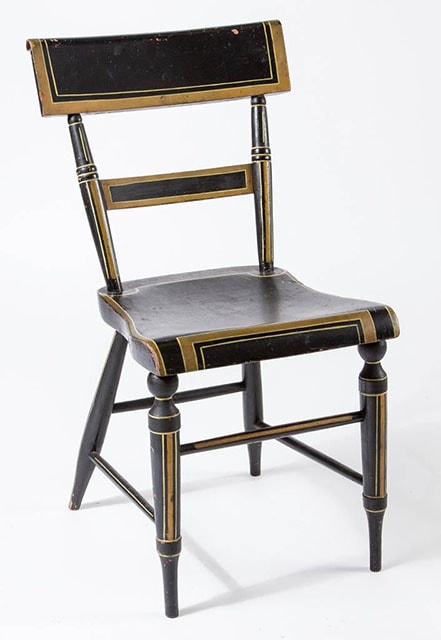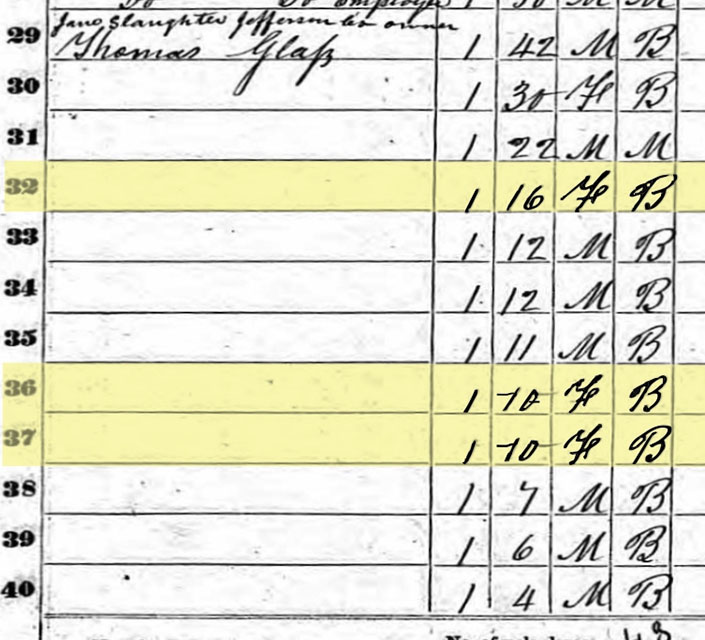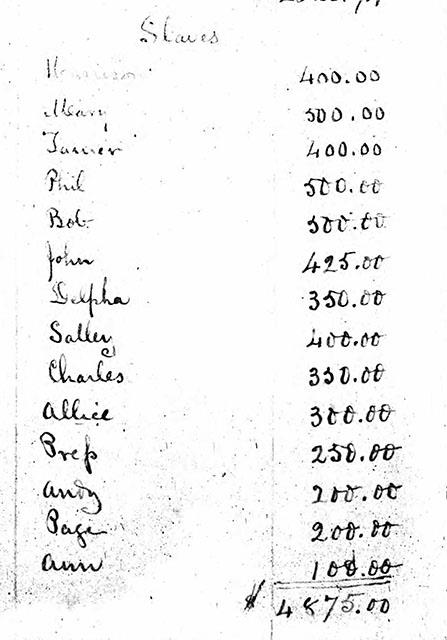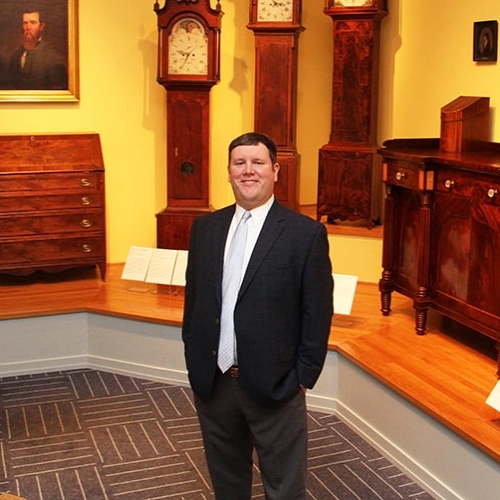On June 19th, 1865, Union forces commanded by Major General Gordon Granger landed at Galveston, Texas, on the Gulf Coast. Two years following President Abraham Lincoln’s Emancipation Proclamation, word of their freedom finally reached the ears of the estimated 250,000 enslaved people in the South’s most isolated state (with an army to enforce the order).
Historians continue to debate why it took so long for word of emancipation to reach Texas. Deliberate withholding of the information by slaveholders to ensure an uninterrupted cotton harvest seems the most plausible answer.
Juneteenth (a portmanteau of “June” and “nineteenth”) emerged as a grassroots holiday amongst Texas’s freed community during the Reconstruction period. It celebrated not just the implementation of the Emancipation Proclamation order in Texas, but also the complete abolishment of chattel slavery in the United States with the passage of the Thirteenth Amendment to the Constitution in December 1865. By the end of the twentieth century, people in major cities throughout the country were celebrating Juneteenth.
At a time when more Americans than ever before are becoming aware of Juneteenth’s significance in our country’s history—and against the backdrop of the murder of George Floyd last year—advocates in both houses of Congress introduced legislation to enshrine June 19th as a national holiday in 2020 and 2021. Not two days ago, President Biden signed a bill establishing Juneteenth as the first federal holiday since the adoption of Martin Luther King Jr. Day in 1983. Also, in 2020, the Commonwealth of Virginia joined 47 other states and the District of Columbia in adopting Juneteenth as a state holiday.
For its part, the MSV is actively researching freedmen and women who lived and worked in the Shenandoah Valley. Drawing on documents and other archival materials in the museum’s collection, we place particular emphasis on two sites of enslavement owned by the direct ancestors of MSV founder Julian Wood Glass Jr. (1910–1992): Glen Burnie and Rose Hill.
Now the site of the MSV campus, Glen Burnie was the ancestral home of the white Wood family. Rose Hill, a few miles away, was the seat of the Irish immigrant Glass family. The two familial lines—and the enslaved people they held in bondage—became linked by the marriage of Catherine “Kitty” Wood (1795–1847) and Thomas Glass (1792–1862) in 1832.
Enslaved labor was integral to the success of both Glen Burnie and Rose Hill. Documents in the museum’s Wood-Glass Family Archive detail enslaved life on the two properties. A relatively recent discovery, though, adds a new level of complexity to the story.
While examining a Glass family photograph album a couple of years ago, a Collections intern discovered two very similar images of a young, African American woman. Together, this pair of photographs could possibly be the only known visual representation of a member of the enslaved community at Rose Hill or one of the other Glass family properties in western Frederick County.
Unfortunately, neither photograph is inscribed with identifying information, leaving us to speculate about both the subject and the white infant that she holds in her arms. Using visual and contextual evidence, though, we can begin the process of identifying the era in which she lived and recovering her life story during both slavery and freedom.i With modern technology, we can first overlay the two images to prove—through the closely mirrored poses—that both photographs were taken during the same sitting.
The visual evidence (as well as the photographic techniques) helps date the images to the 1860s or early 1870s. The woman’s dress appears to be made of a floral-printed cotton fabric popular from the Civil War era through the early Reconstruction period. Visible behind her is the crest rail of a painted side chair, known in the period as a “fancy chair” due to the use of paint for decorative purposes. Winchester chairmaking shops—like that of David Russell Jr. (1799–1859)—commonly produced chairs in this style from the 1820s through at least the 1850s.ii
While also unnamed, the young baby (whose gender is unclear) could be one of several children born to the Glass family during the period in question. For example, Katherine Rebecca “Kate” Glass (later Greene)—the daughter of William Wood Glass (1835–1911) and Nan Campbell (1842–1930)—was born in 1867 in the wake of the Civil War. Younger Glass children arrived in 1869, 1872, and 1874.
To further the search, we can match contextual information with documentary evidence. In 1850 and 1860, the United States census included slave schedules that tallied the number of enslaved people in each state. While sadly the slave schedules rarely list the names of enslaved individuals, they nevertheless record other valuable information such as age, sex, and color (as determined by the individual census taker).
Pictured below is the 1860 slave schedule entry for Thomas Glass of Rose Hill. The entry lists three girls between the ages of 10 and 16. One of these girls could have grown up to be the unidentified woman pictured in the photograph album.
When Thomas Glass died in 1862, his personal property was inventoried and valued for the use of the Frederick County court. The names of five enslaved women appear in Glass’s estate inventory: Mary, Delpha, Salley, Allice [sic], and Ann. Two additional names, Press and Page, could represent either men or women. The name of our unidentified subject might be present amongst this list.
The search continues for information that will allow the MSV to properly recognize and memorialize both the woman in the photographs and all of the individuals enslaved by the Wood and Glass families prior to the Civil War. The survival of the photographs raises just as many questions as it does answers. Were the photographs taken before, during, or following the Civil War? If after, what were the circumstances that led to the woman’s continued association with the family that had held her in bondage? What else can we learn about her life in freedom? The lives of her family and descendants?
Eventually, with more research, we hope to transition from a question to a declaration. Instead of asking “What is her name?,” we will join with visitors and descendant communities to “Say her name.” In the meantime, join me in remembering the fourteen individuals who witnessed slavery, war, and freedom at Rose Hill by speaking aloud the names we know: Harrison, Mary, Tanner, Phil, Bob, John, Delpha, Salley, Charles, Allice, Press, Andy, Page, and Ann.
i Contributing to the research on this topic were multiple members of the MSV staff: Lauren Fleming, Cory Garman, Nancy Huth, Mary Ladrick, Carla Leen, Sally Meyer, and Curry Schiavone.
ii For additional information on the David Russell Jr. shop, see Jeffrey S. Evans, Come In and Have a Seat: Vernacular Chairs of the Shenandoah Valley (Winchester, VA: Museum of the Shenandoah Valley, 2010), 8-9, 64-69.
